(Mayukh Saha) NASA has an X-ray observatory named after the Nobel Prize-winning astrophysicist Subrahmanyan Chandrasekhar. The Chandra X-ray telescope has consistently delivered some of the most astonishing astronomical discoveries. Chandra X-ray was the one that delivered the first light images of the remnants of the Cassiopeia A supernova. In 2000, some high school students accessed the data gathered from this telescope to find a neutron star inside the remnants of the IC 443 supernova too.
by Mayukh Saha, September 12th, 2020
Recently, NASA has released some dazzling images of stars, galaxies, and supernova remnants. These images are composite images that have been captured from X-ray and optical sources. Not just Chandra, multiple telescopes’ data have been compiled. This is the “multiwavelength” approach, compiling data from multiple spectra.
NASA CHANDRA CAPTURED ABELL 2744
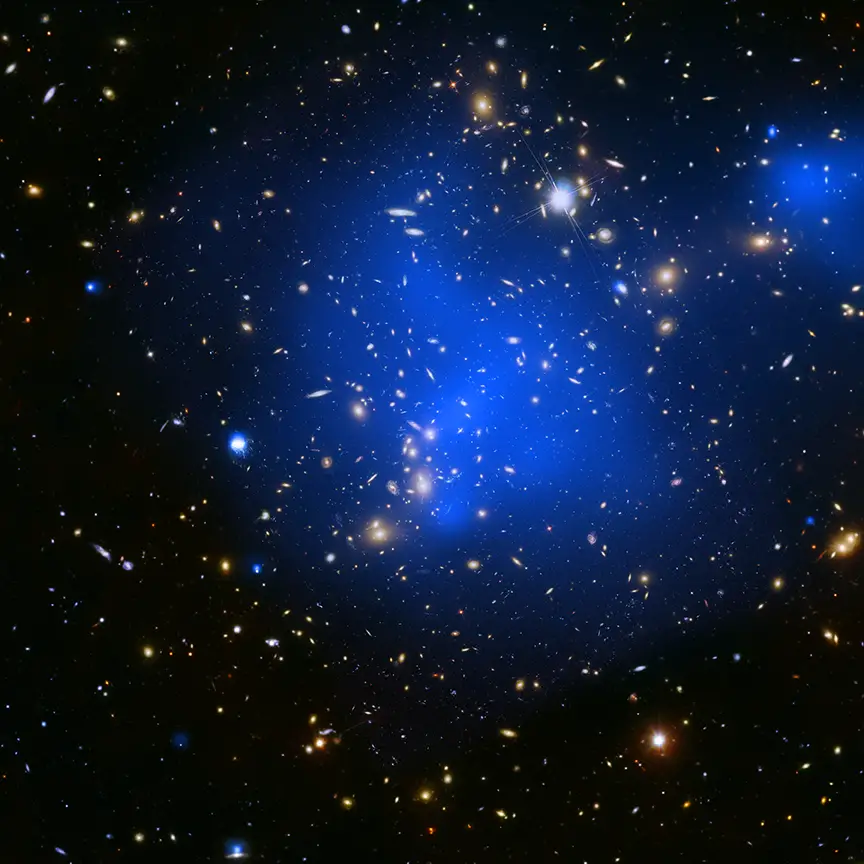
CREDIT: X-ray: CXC; Optical: STScI
Abell is a galaxy cluster. Its image has been compiled from data collected from both Hubble and Chandra.
CARTWHEEL GALAXY
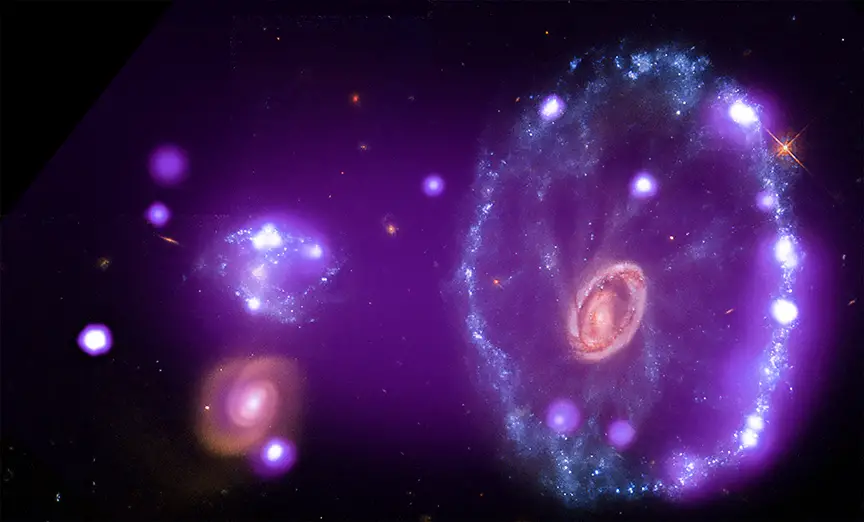
CREDIT: X-ray: CXC; Optical: STScI
Fritz Zwicky found this galaxy first in 1941. He described this as one of the most complicated structures. The Cartwheel Galaxy is estimated to be 150,000 light-years in diameter.
NASA CHANDRA CAPTURED ETA CARINAE
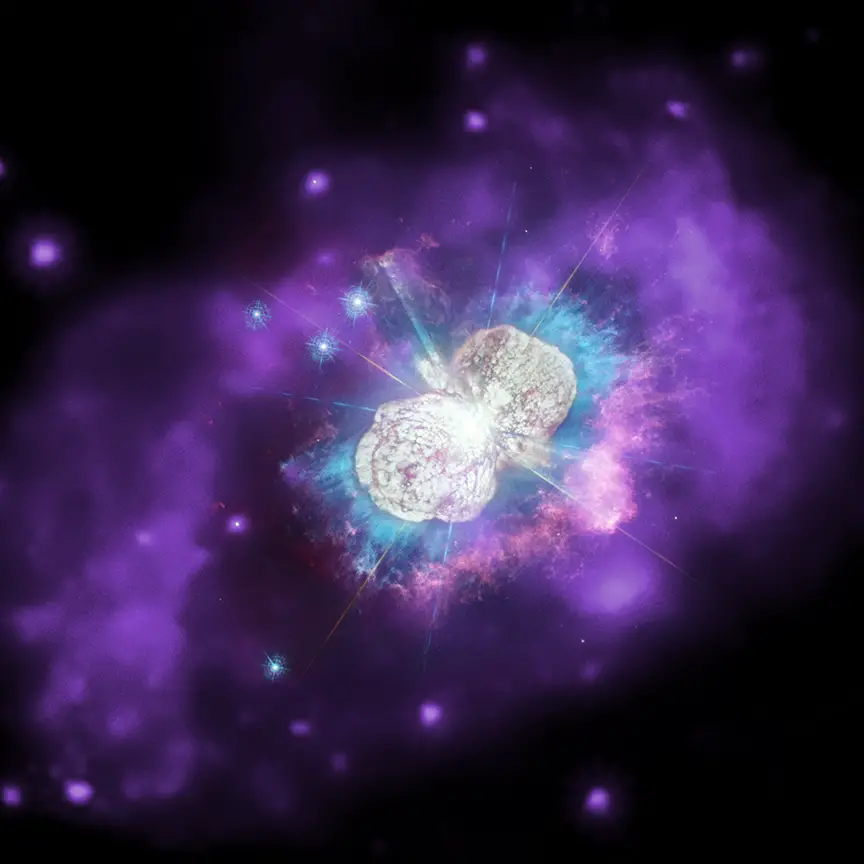
CREDIT: CXC; Ultraviolet/Optical: NASA/STScI; Combined Image: NASA/ESA/N. Smith (University of Arizona), J. Morse (BoldlyGo Institute) and A. Pagan
Eta Carinae has been described by NASA as a volatile system. It has 2 huge stars orbiting each other.
MESSIER 82
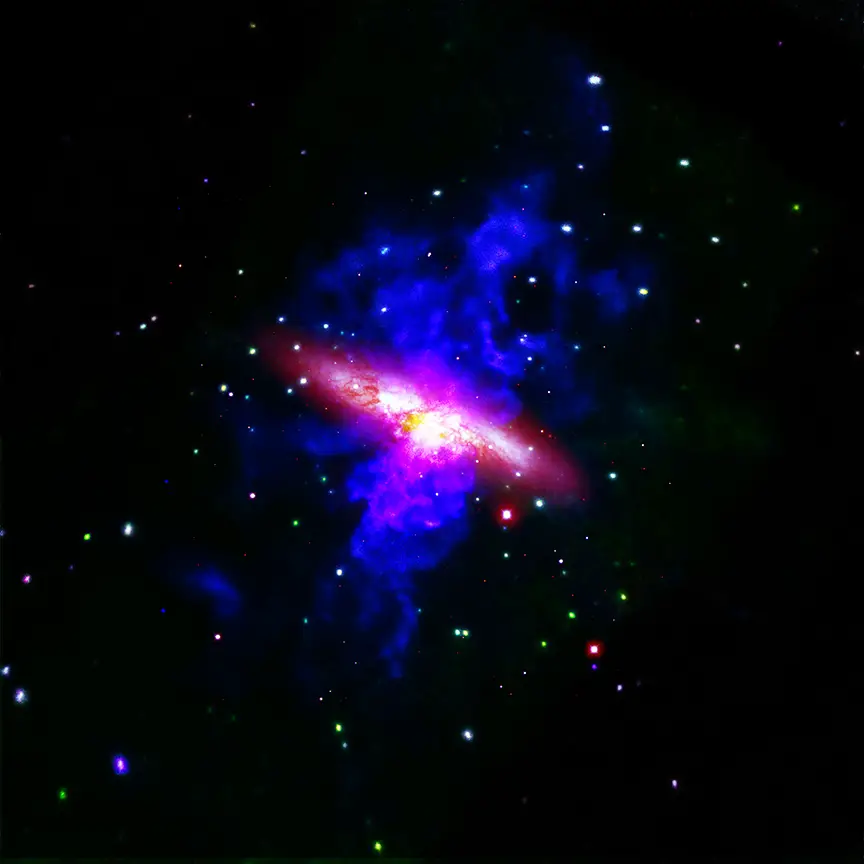
CREDIT: X-ray: CXC; Optical: STScI
The Messier 82 galaxy has been described as a galaxy “oriented edge-on to Earth.”
HELIX NEBULA
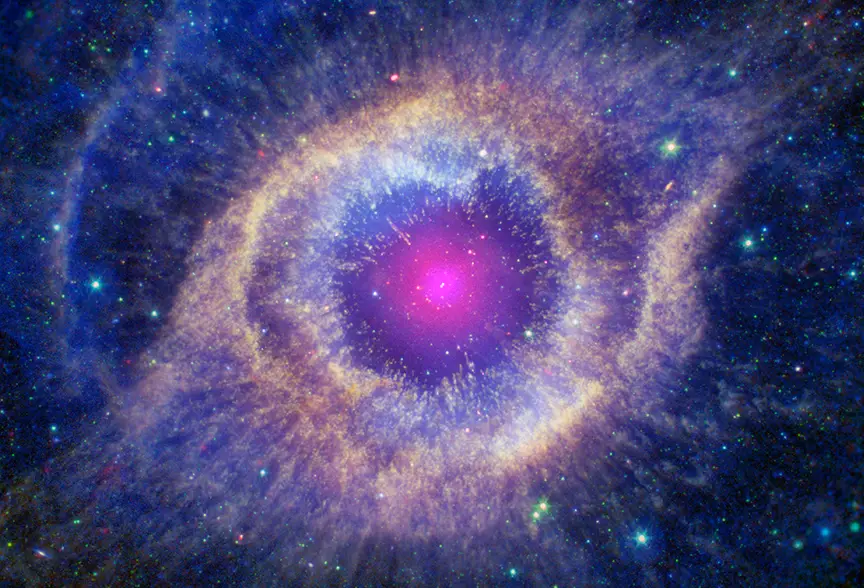
CREDIT: X-ray: NASA/CXC; Ultraviolet: NASA/JPL-Caltech/SSC; Optical: NASA/STScI(M. Meixner)/ESA/NRAO(T.A. Rector); Infrared: NASA/JPL-Caltech/K. Su
This eyeball shaped nebula is currently running out of fire. If our sun runs on the same course, it would also look like the Helix in about 5 billion years.
SUPERNOVA 1987A (SN 1987A)
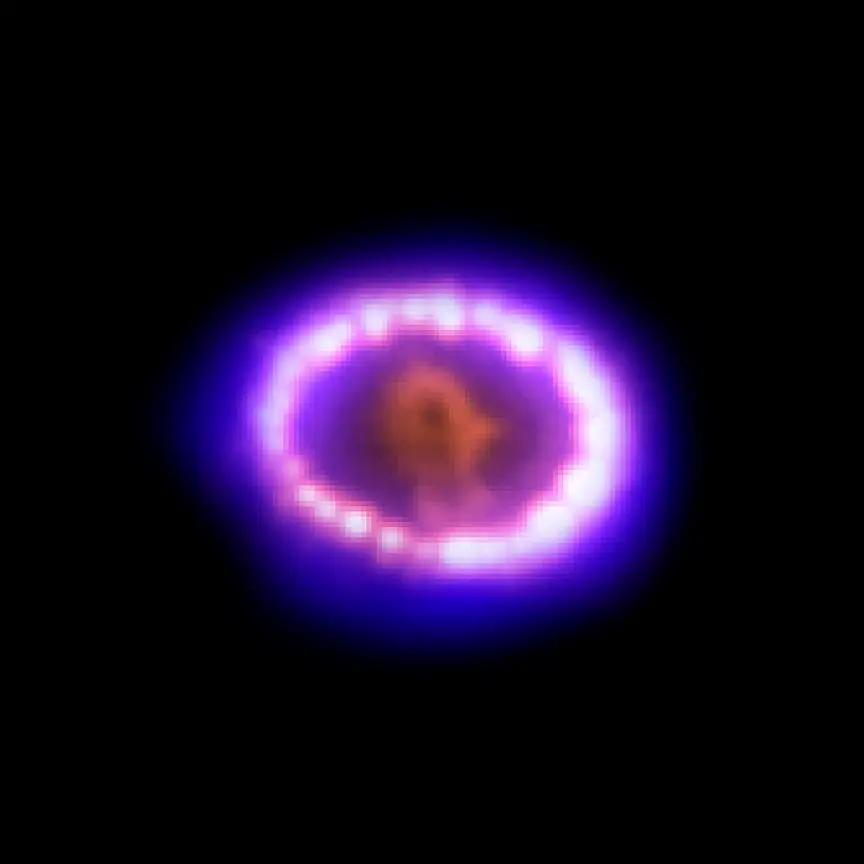
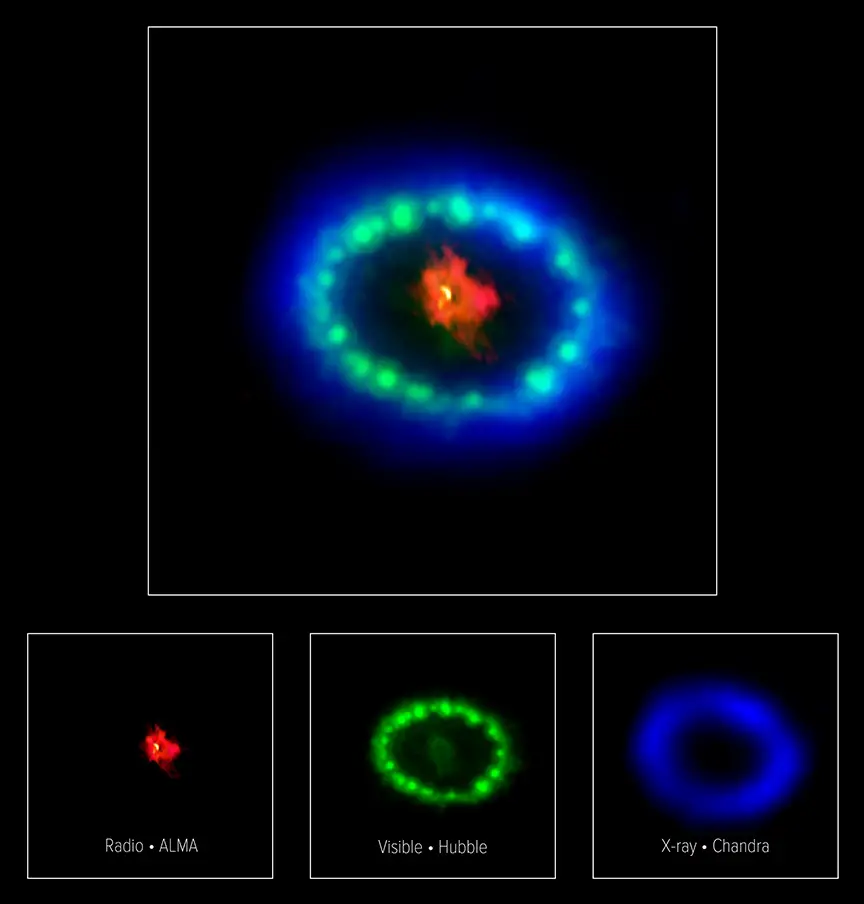
CREDIT: Radio: ALMA (ESO/NAOJ/NRAO), P. Cigan and R. Indebetouw; NRAO/AUI/NSF, B. Saxton; X-ray: NASA/CXC/SAO/PSU/K. Frank et al.; Optical: NASA/STScI
SN1987A presents one of the wildest images. NASA went on to give this supernova the tag of one of the brightest explosions in many centuries.
About The Author
Hey! Message me. I am Mayukh. I help people and websites with content, videos, design, and social media management. I am an avid traveler and I started living as a digital nomad in Europe since 2019. I am currently working on www.noetbook.com – a creative media company. You can reach out to me anytime: [email protected] Love, Mayukh
Stillness in the Storm Editor: Why did we post this?
The news is important to all people because it is where we come to know new things about the world, which leads to the development of more life goals that lead to life wisdom. The news also serves as a social connection tool, as we tend to relate to those who know about and believe the things we do. With the power of an open truth-seeking mind in hand, the individual can grow wise and the collective can prosper.
– Justin
Not sure how to make sense of this? Want to learn how to discern like a pro? Read this essential guide to discernment, analysis of claims, and understanding the truth in a world of deception: 4 Key Steps of Discernment – Advanced Truth-Seeking Tools.
Stillness in the Storm Editor’s note: Did you find a spelling error or grammatical mistake? Send an email to [email protected], with the error and suggested correction, along with the headline and url. Do you think this article needs an update? Or do you just have some feedback? Send us an email at [email protected]. Thank you for reading.
Source:
https://truththeory.com/astonishing-images-of-galaxies-stars-supernova-remnants-released-by-nasa/

Leave a Reply